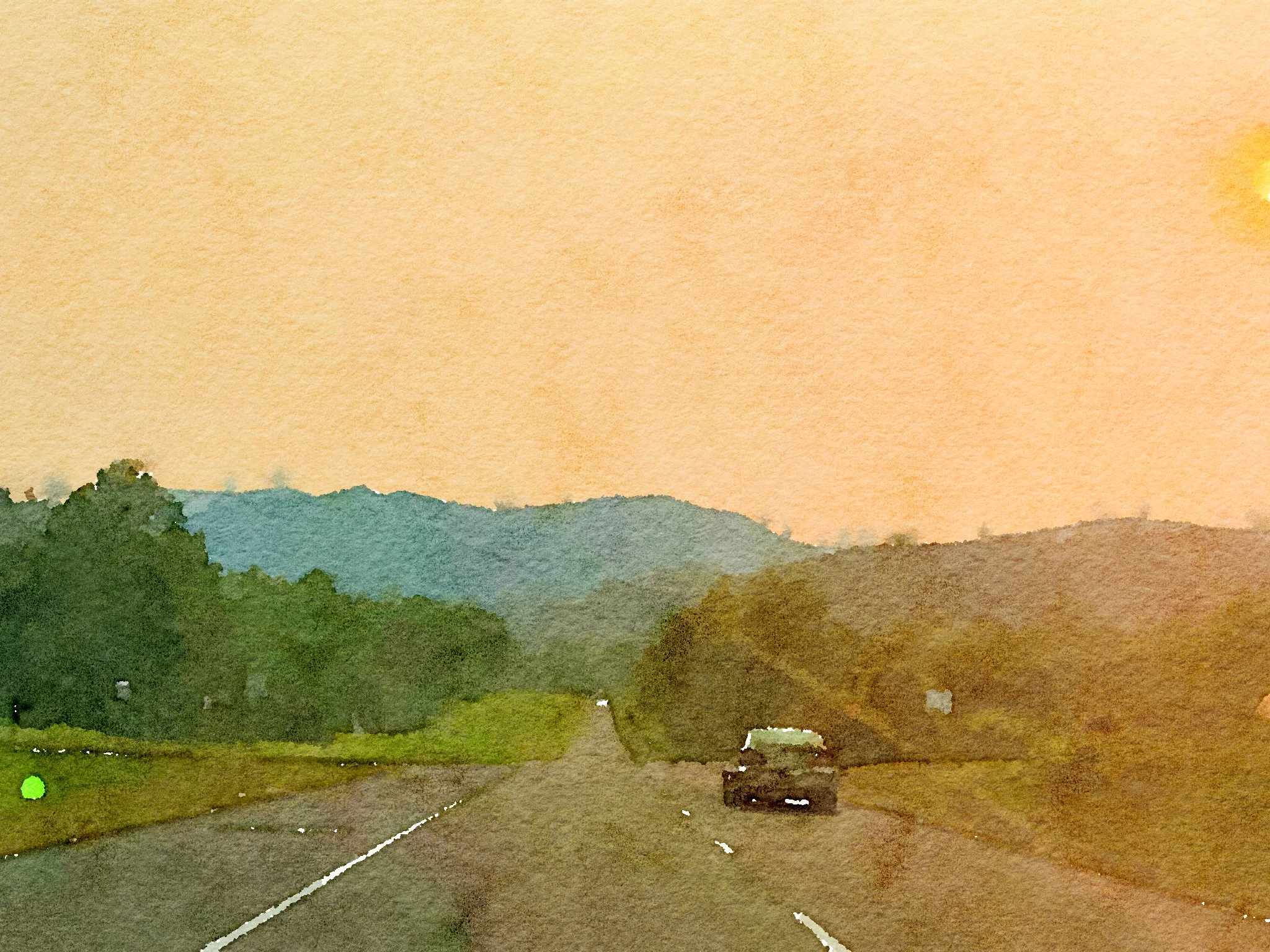Félix Henri Bracquemond, The Swallows, Art Institute of Chicago, Public Domain
“Let the beauty we love be what we do. There a hundred ways to kneel and kiss the ground.”
“There are a hundred ways to kneel and kiss the ground,” Rumi said. And walking around the Princeton University Art Museum I would have to say that he got that right. Each artist looked at the world his way (mostly his way, sometimes her way) –caught light differently, used color differently, and showed us what he saw or felt or what he wanted us to see or feel. Something as common and ubiquitous as a landscape was so varied in the hands of the many. Not a single artist, even when they were trying to match the others, truly matched anyone else. One of the exhibits was of the Italian Master Drawings and even when the artists were copying from a standard book of drawings or from plaster casts—they had their own take on it—the horse looked a little more to the left and the mane curled over, the torso of the figure was more muscular, or there was more of an emphasis on the child.
Each artist kissed his or her ground in a different way, and opened up something else into our view. They cause us to kneel and kiss our own ground in a different way. And in my mind, it is no different with healing from trauma or grief. Each person will catch the light in their own way, will lean into their story in their own way, and will find hope in their own way. Some with broad fast brushstrokes and some with tiny fine lines. There is no way to look at a museum full of art and imagine that there is one approach to healing that would fit all people. There are too many ways to see the world, so many ways to kneel and kiss the ground.
Some of the most beautiful drawings are the sketches. Fragments of drawings or studies that were clearly going to be a small piece of a much larger painting. The artist practicing how to draw a cow, or just the hoof. The turn of the head, or the eyes cast downward. The artist trying to figure out how to catch the experience and make it feel real. Sketches are such important reminders that beauty and art and accomplishment are made up of persistence and attention and devotion. Yes, the finished painting is beautiful. It is what we know as art. But the sketches are beautiful too. They too are art. Each attempt to get the curve of the hand right brings its own beauty, each slightly different. Each attempt has the artist reaching further toward their imagined piece of work. And so it is with your healing. Each attempt at talking, at doing something new, at trying a different way of being—is a sketch toward the art you are creating. A sketch toward love. A sketch toward healing. Each attempt is beautiful in its own right. “Let the beauty we love be what we do. There a hundred ways to kneel and kiss the ground.”
© 2025 Gretchen L. Schmelzer, PhD




